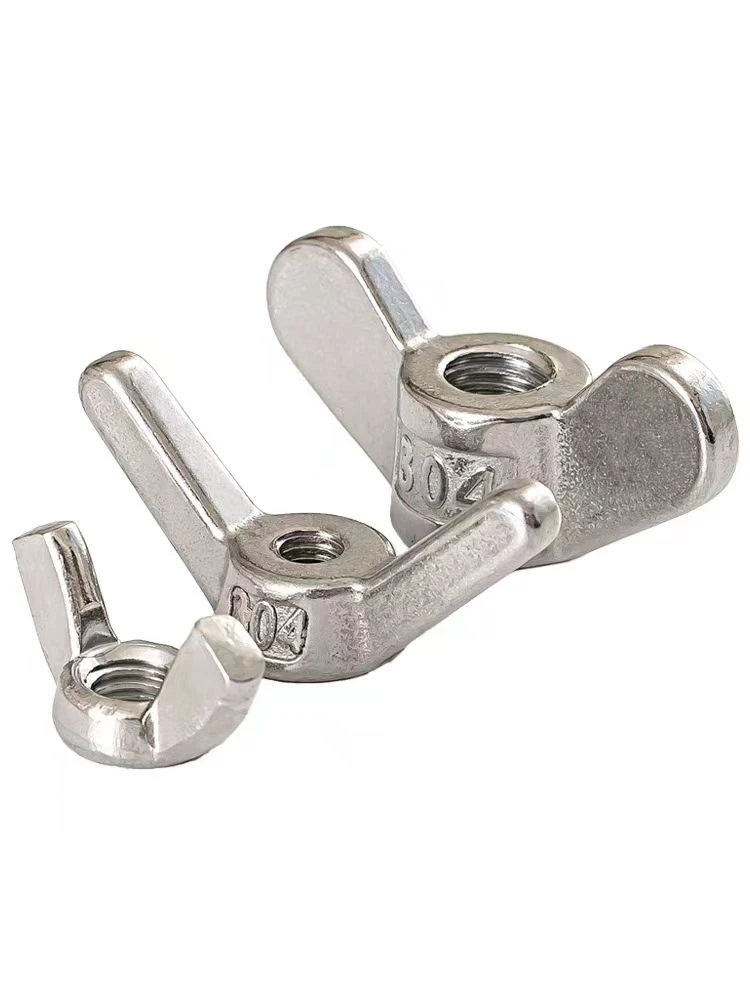

nut hex flange
নভে. . 16, 2024 11:23 Back to list
nut hex flange
Understanding Nut and Hex Flange Their Importance in Mechanical Applications
In the world of mechanical engineering and assembly, fasteners play a pivotal role. Among these fasteners, nuts and hex flanges are essential components that ensure the stability and reliability of various structures. In this article, we will explore the significance of nut and hex flange, their applications, design features, and the advantages they offer in various industries.
What are Nuts and Hex Flanges?
A nut is a hexagonal block with a hexagonal hole that accommodates a screw or bolt. Nuts are typically paired with bolts and are used to fasten components together. Their design allows for a secure grip around the bolt, offering effective torque transfer that is essential for maintaining the integrity of assemblies.
On the other hand, a hex flange is a specific type of nut that features a built-in flange, providing a larger surface area. This design helps distribute the load over a wider area, reducing the risk of damage to the material being fastened. Hex flanges can be found in various sizes and materials, suited for different applications depending on the requirements.
Types of Hex Flanges
There are several types of hex flanges, including
1. Standard Hex Flange Nuts These are the most commonly used and feature a flat, hexagonal flange at the base. They are often used in applications where space is constrained, and a traditional nut would not suffice.
2. Locking Hex Flange Nuts These have a built-in locking mechanism. They ensure that once installed, the nut will not loosen due to vibrations or other forces. This is particularly useful in automotive and aerospace applications.
3. Serrated Hex Flange Nuts These nuts possess serrated edges on their flange that bite into the surface of the material, creating friction. This design enhances the locking effect and is ideal for applications needing extra security against loosening.
4. Thin Hex Flange Nuts These nuts have a slimmer profile and are used in applications where standard nuts would create too much height. They are often used in tight spaces where additional clearance is necessary.
Applications of Nut and Hex Flange
nut hex flange

Nuts and hex flanges are widely used across various industries. In the automotive sector, they secure engine components, frames, and chassis. Their ability to handle fluctuations in temperature and pressures makes them indispensable in vehicles that operate under rigorous conditions.
In construction, nuts and hex flanges are crucial for joining structural elements like beams and girders. They ensure that buildings and bridges can withstand the forces exerted on them, providing safety and longevity to the structures.
Additionally, in aerospace engineering, the critical nature of fastener selection becomes even more pronounced. Nuts and hex flanges are selected based on their strength-to-weight ratio, corrosion resistance, and ability to endure extreme temperatures. These fasteners are essential for assembling aircraft components, ensuring that each part functions cohesively.
Advantages of Using Nut and Hex Flange
The use of nuts and hex flanges offers several advantages
1. Load Distribution The flange design helps distribute stress over a larger area, which minimizes the chances of stripping the material or causing fatigue.
2. Ease of Installation Hex flanges can be easily handled and installed using standard tools. Their design provides a good grip, which simplifies the tightening process.
3. Enhanced Security Locking mechanisms in certain hex flange designs significantly reduce the risk of loosening, providing peace of mind in critical applications.
4. Versatility Available in various materials—including steel, stainless steel, and plastic—nuts and hex flanges can be chosen based on specific environmental factors, such as exposure to corrosive elements or extreme temperatures.
Conclusion
In conclusion, nuts and hex flanges are fundamental components in mechanical assemblies across various industries. Their design, versatility, and reliability ensure that they continue to play a vital role in modern engineering. As technology advances, the demand for innovative fastener solutions remains strong, and understanding the importance of nut and hex flanges will help engineers create safer and more efficient designs. Whether in automobiles, construction, or aerospace, their significance cannot be overstated, making them an indispensable part of engineering and design.
Latest news
-
Premium Fasteners Manufacturer | AI-Driven Solutions
NewsAug.01,2025
-
Hot Dip Galvanized Bolts - Hebei Longze | High Strength, Corrosion Resistance
NewsAug.01,2025
-
High-Strength Hot Dip Galvanized Bolts - LongZe | Corrosion Resistance, Custom Sizes
NewsAug.01,2025
-
Best Self Tapping Screws for Drywall - Fast & Secure Installation
NewsJul.31,2025
-
High-Strength Hot Dip Galvanized Bolts-Hebei Longze|Corrosion Resistance&Customization
NewsJul.31,2025
-
Hot Dip Galvanized Bolts-Hebei Longze Metal Products|Corrosion Resistance&High Strength
NewsJul.31,2025

